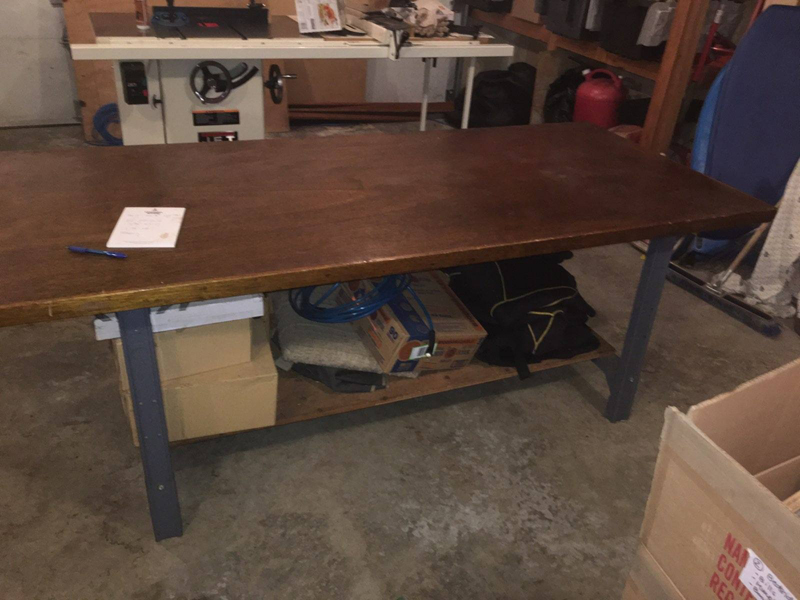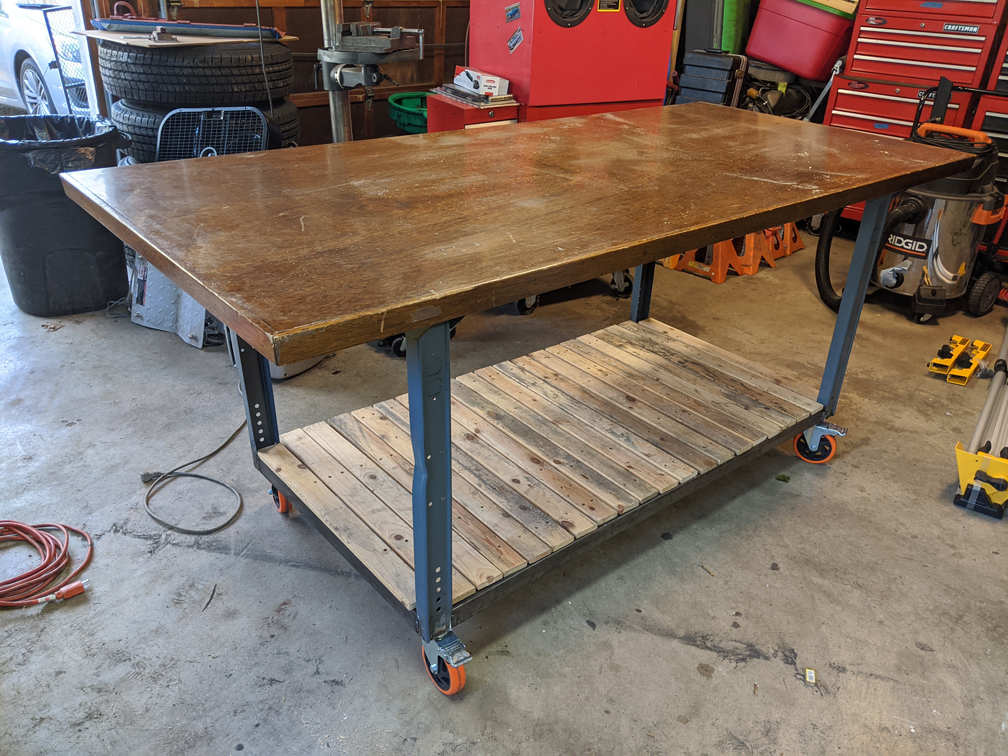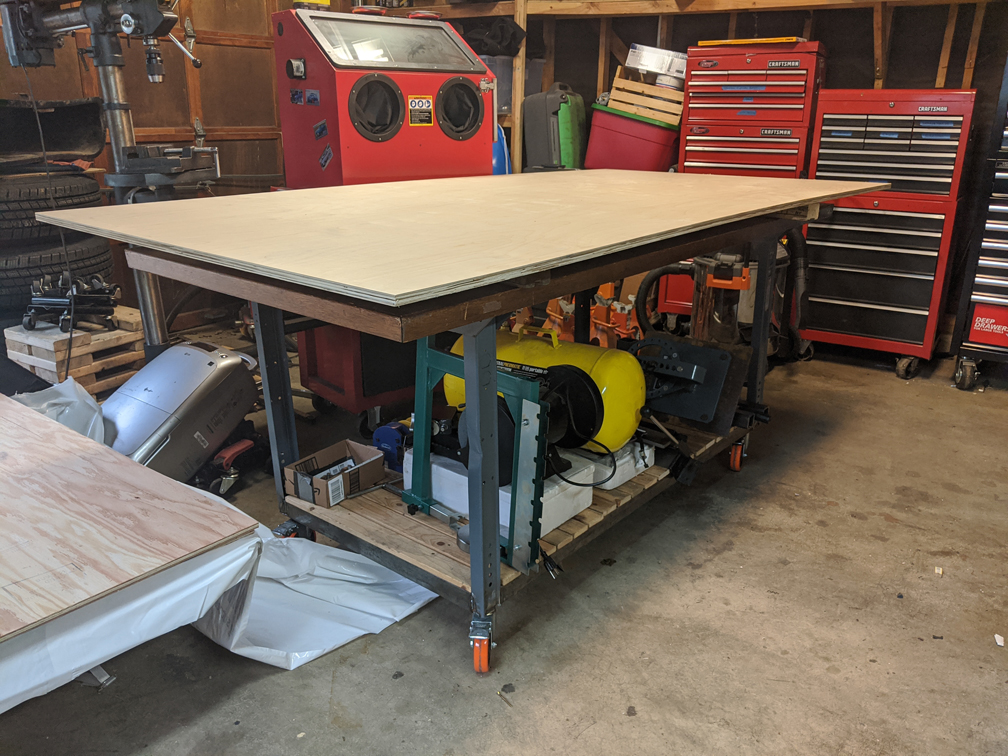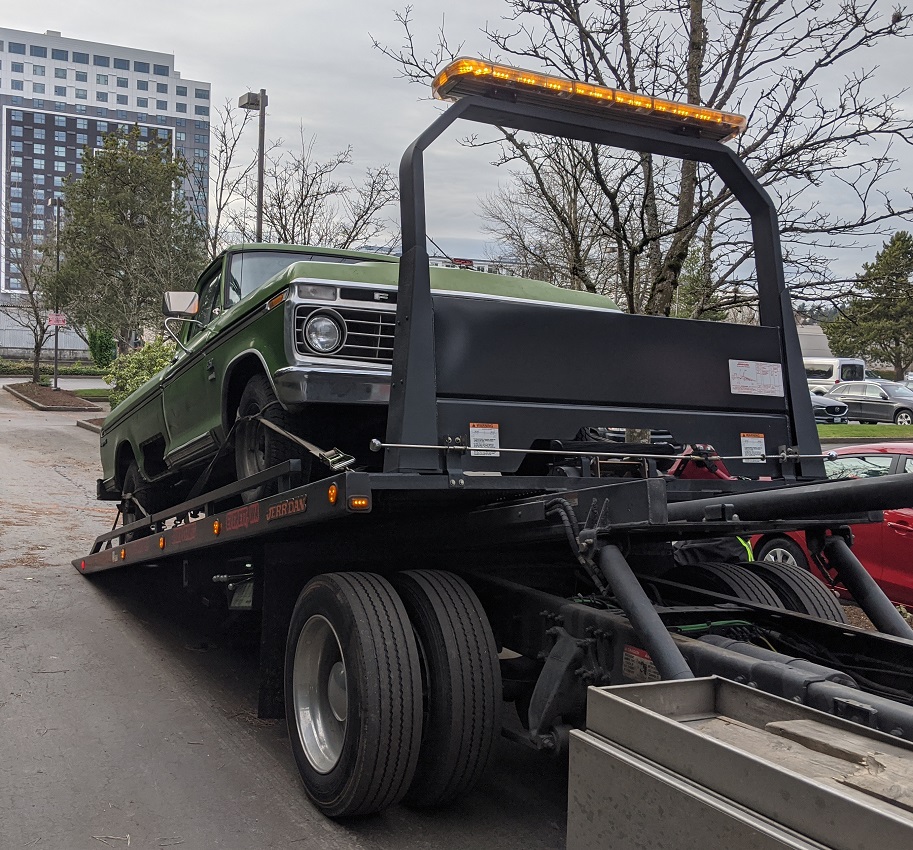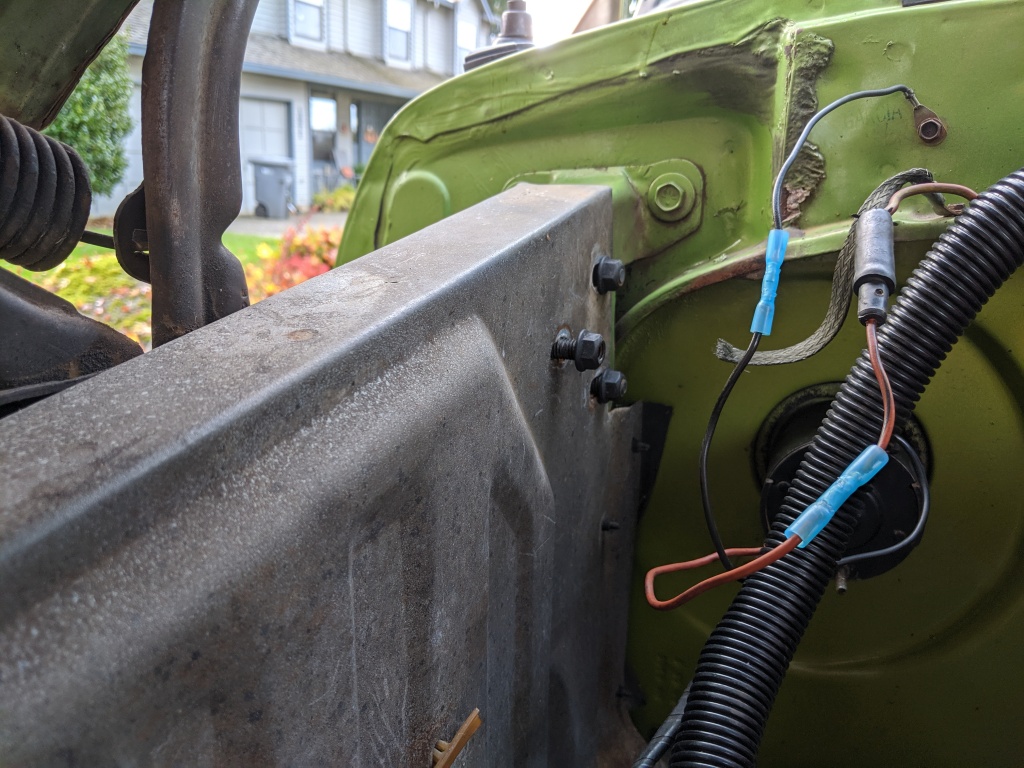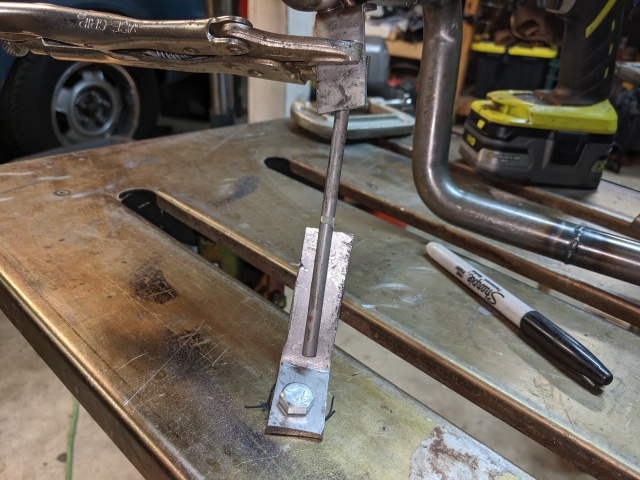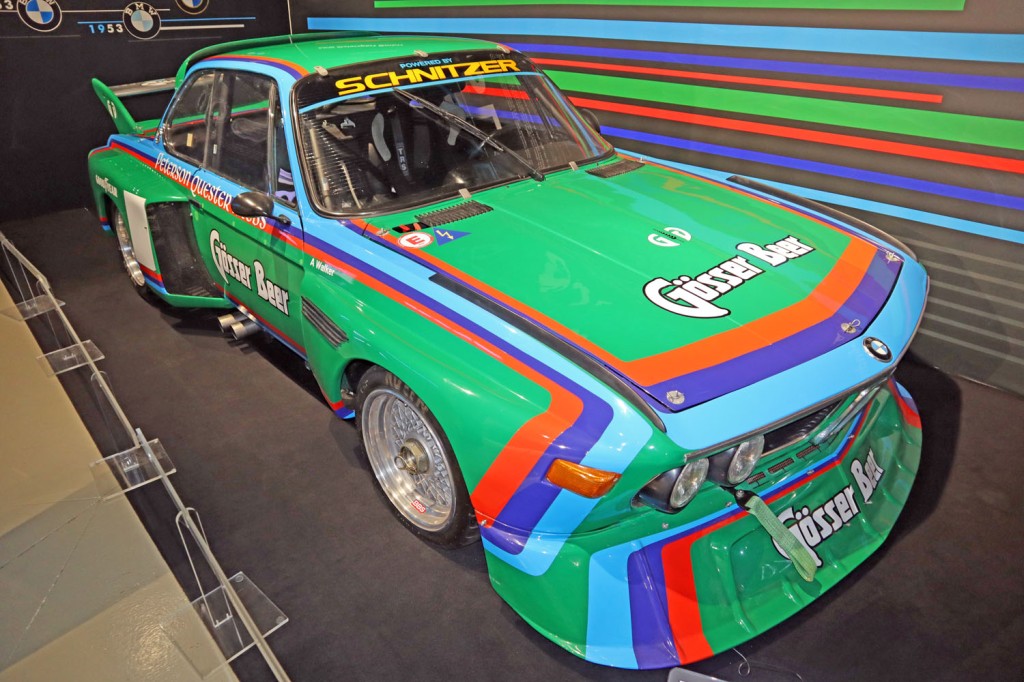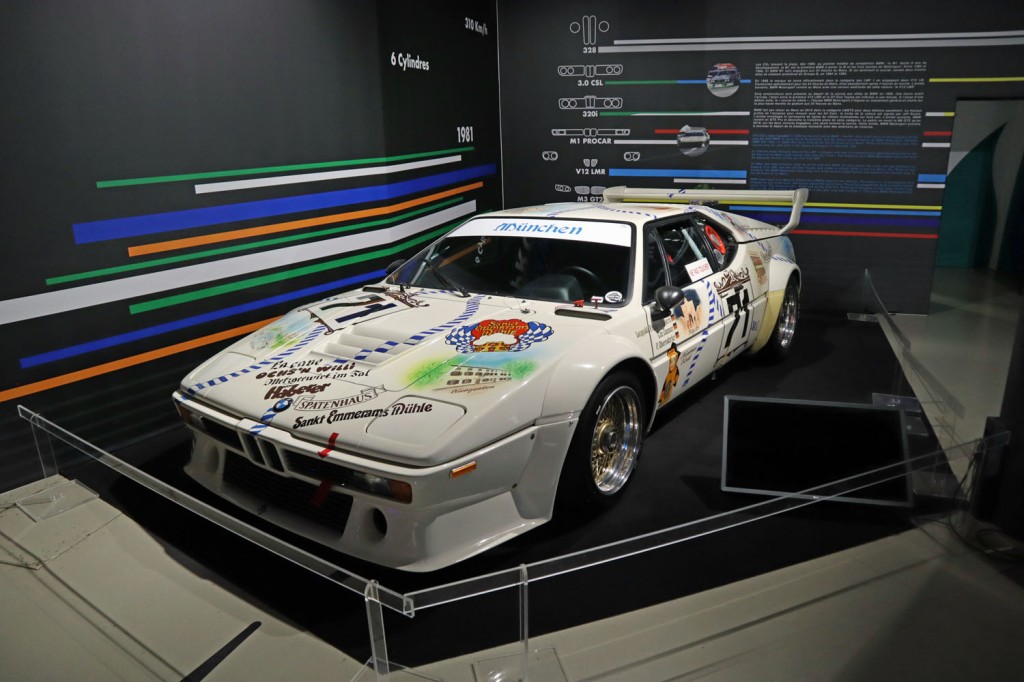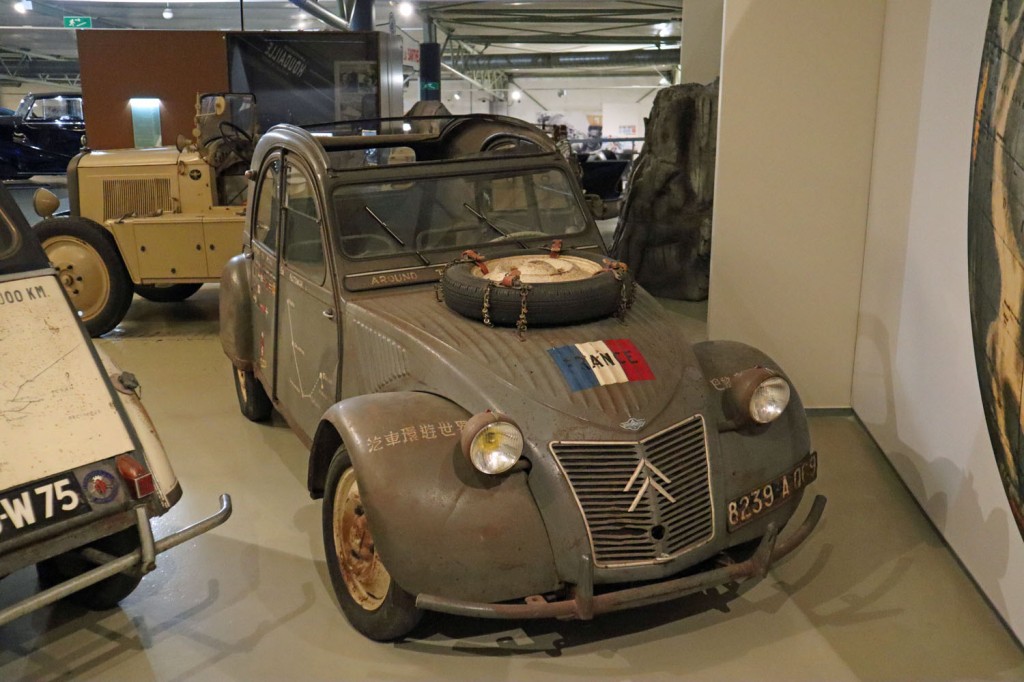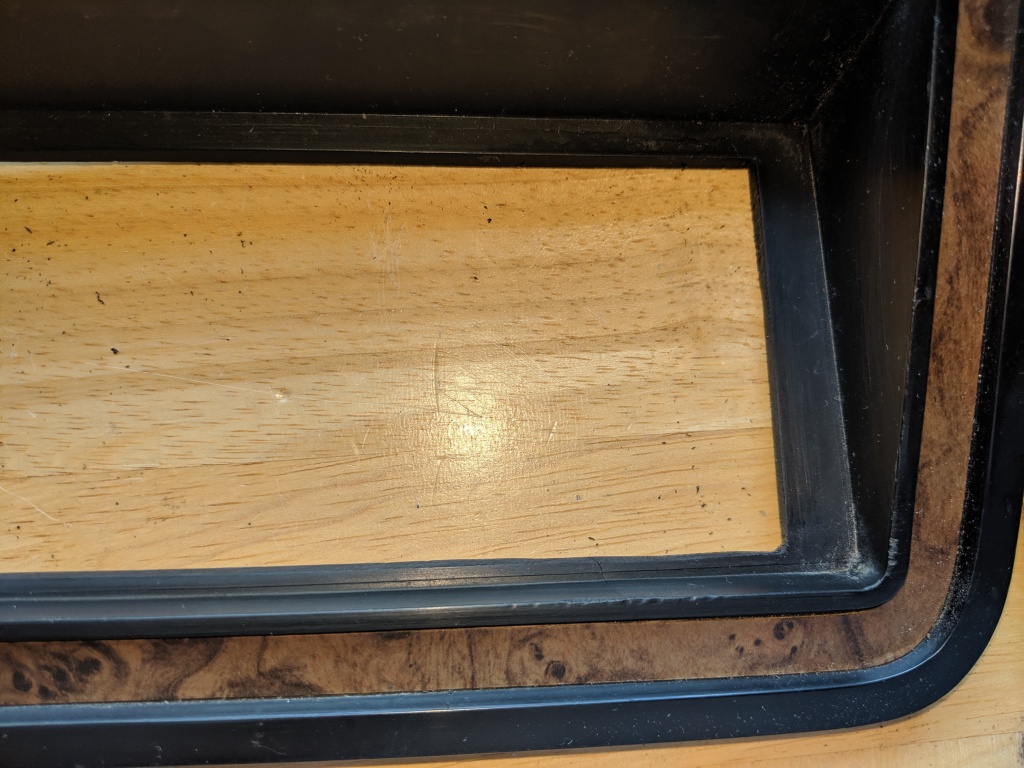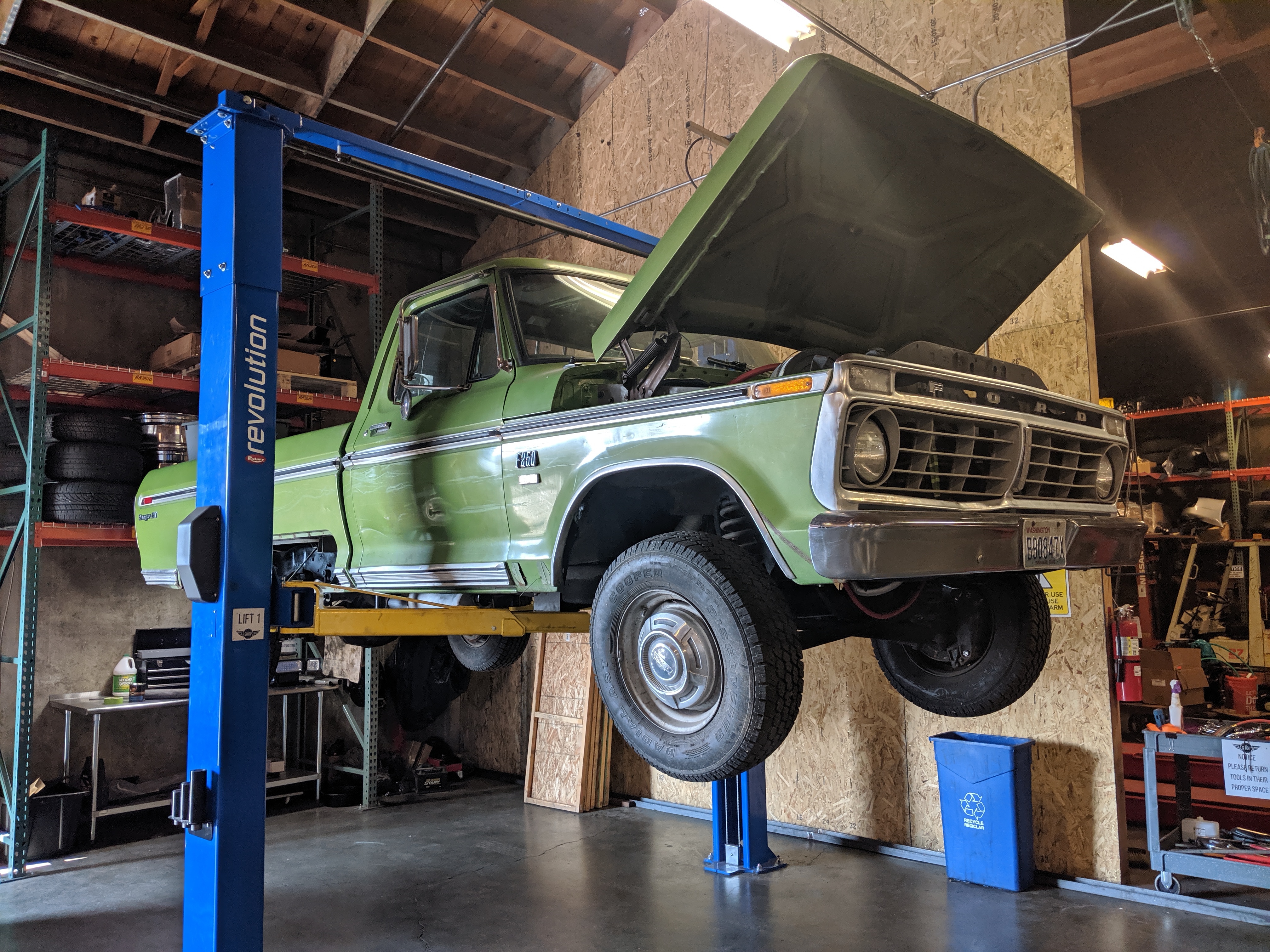Except for occasional use, my father’s old table saw kicked around the garage for 8 years, its only movement being to for the purpose of jamming it into another corner to make space. However, one look at the current project list meant it was time to either salvage this saw, or go get another one. I think it was Robert Frost who wrote, “Two roads diverged in a yellow wood. And I – I took the cheaper one.”
A straightedge placed across the table rocked like an old man on a porch. A slab of birch slid across the top hung up on the burs in the surface and came out crooked and gouged. Use of the riving knife was impossible, as I couldn’t get it to align with the cut.
Step 1 was to check the basic geometry, i.e. that the saw blade was parallel to the fence. I breathed a sigh of relief at the possibility that the haphazard cuts just might have been due to something other than a lack of talent:

Luckily, there were two adjustments to play with. One was to loosen the bolts that held the saw in the chassis and make sure the table and the fence rail aligned. That made the alignment with the fence itself worse. Luckily, I found the adjustment screws on the fence before giving up. I’m going to guess this is standard fare on saws. Regardless, it goes to show that standing and staring blankly at something can produce results!

Starboard screw in a half turn or so, port screw out, and things lined up nicely:

On to the table top. Much is made of “machined surfaces”, which something like this should be. As the builder of this saw took the cheaper road as well, this surface was never flat.
My old Volvo once blew a head gasket. Before giving up and heading with a checkbook over to a machine shop for a thousand dollars of work on a $500 car, I laid out some aluminum oxide sandpaper on a granite countertop, and spent three hours running the cylinder head, which was just out of spec for being salvageable, back and forth across finer and finer grits of paper in an “X” pattern. Correct procedure? No. Still blowing combustion gasses into the coolant? No.
With that in mind, I grabbed some rectangular tubing, some sandpaper, and a squirt bottle with water, and with the same “X” pattern, leveled out the pronounced crown in the middle of the table, taking out the numerous burrs that had accumulated and were gouging the sheet goods, and rounding over the rough edges.

Here I noticed that the insert was too high, sticking above the surface. A little sanding on the mount underneath and it sunk down flush enough to sand with the rest of the top. Next task was to check the angle of the blade and give a slight tweak to the pointer on the angle indicator to match it. While down there I stuck a finger of grease on the worm gear to make raising and lowering the blade the one-handed operation it should be. The blade itself was replaced when I first got the saw, and it was immediately apparent how much less the motor was working through a cut.
The last step will be to apply some paste wax to the surface to keep it clean, but it needs a bit more sanding first. But cutting is already much easier – and better.
